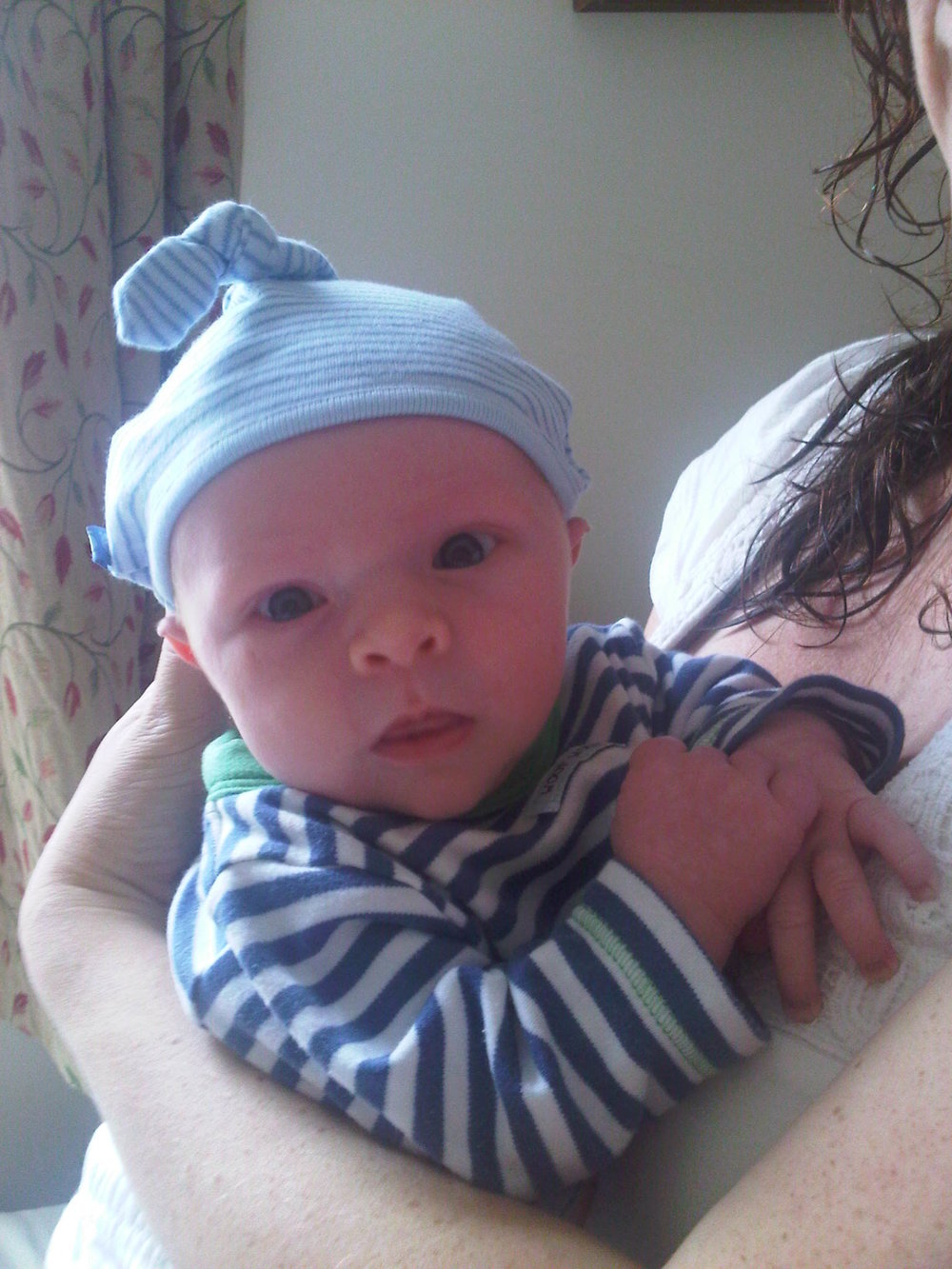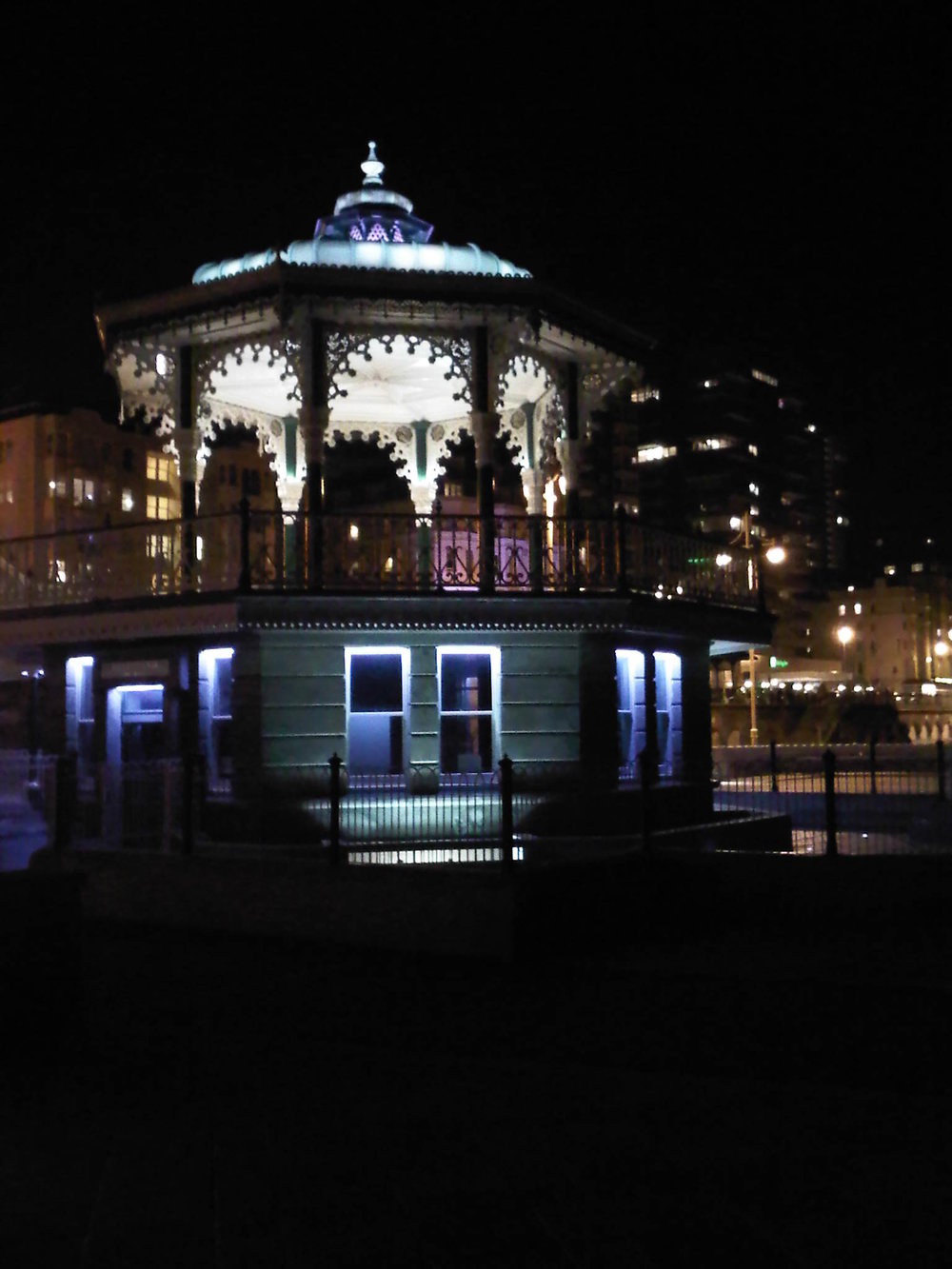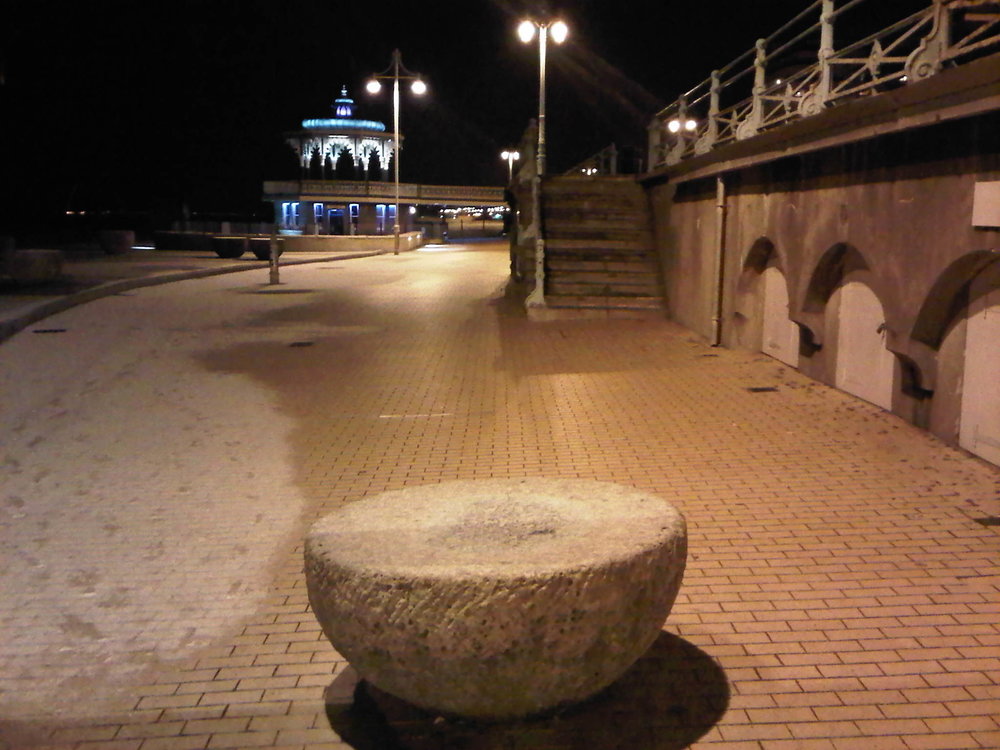It may seem odd to some to consider the Warrior archetype in conjunction with an orientation towards peace, however, I see the 2 things as not only linked but necessary to each other. One symbolic way of looking at the connection would be through the lens of Taoist beliefs that opposites create each other, as shown visually in the Yin Yang symbol – the black half contains the seed of the white half, and the white the seed of the black. In a slightly more concrete illustration, when I say yes to one thing I am simultaneously saying no to many other potential options. Yes and No are opposites but are interdependent upon one another.
To deal more specifically with the matter of the Warrior and Peace, a perfect example can be seen in The Samurai Game®. George Leonard who created The Samurai Game® was a senior grade Aikido practitioner and former World War II fighter pilot. This was a man who had seen war and had deep experience of martial arts. He originally created the Game after he had met with a bunch of his old war buddies. They had all been reminiscing about their time together during the War and most of them had been saying that life had seemed dull by comparison since. This was not George's experience but it did set him to thinking about a question he had pondered often before: Why, when we know the consequences, do we continue to make war? There are many possible answers to this question ranging from the surface of any political considerations which are specific to each conflict but can be categorised as essentially being questions of power and control; right through to much deeper considerations of fundamental aspects of human nature. After many years of sitting with and experimenting with this question, one of the possible answers George came up with was:
Maybe it's just the Juiciest game in town!
This could seem light or even crass, but pause for a minute. There is a part of the human psyche which craves vivid experience and as we have become increasingly 'developed' and 'civilised' this has become less and less nourished as time has gone on. When aspects of us which need expression are suppressed or ignored they will find ways to leak and burst out on their own. This is the nature of the human shadow. Maybe part of what keeps human beings making war is a basic craving for vivid experience. I think this is part of what George Leonard learned from running The Samurai Game® for many years, with all different kinds of groups. Certainly, part of what I see people coming into contact with through the Game is not only a deep connection with their own Warrior selves, but an experiential understanding of the consequences of war. This runs the range of very positive in that they have lived brightly, vividly, profoundly and completely connected to a higher purpose; right through to the truly terrible consequences of massive loss of life and ultimate futility. Here we have a fascinating dichotomy: a game about War where we learn profound and lasting lessons about Peace. In the modern world this is a rare, example of the beautiful balance of being a Warrior for Peace. Some martial arts dojo’s manage to embrace and explore this but even there it is not as common as you might think.
In ancient times and indigenous cultures I think this marriage of Warriors working for Peace was more common. In many indigenous, tribal societies in recent history there were ritual ways of doing combat that limited the danger of loss of life. These were used to settle inter-tribal disputes but were often invoked and enacted at certain times of the year whether there was a conflict to settle or not. I see The Samurai Game® as being similar to this, and part of George Leonard's work to create a more vivid peace in the hope that we can one day relinquish war-making. When your community is smaller you notice the loss of one of you much more keenly – this is clear in The Samurai Game®, as I think it would be in smaller tribal village communities. I suspect death was in some ways a weightier matter in these communities than it is today in a world where we have such phrases as ‘collateral damage’ and ‘acceptable losses.’ In the arena of mass war, leaders have to numb themselves to the casualties or they will be overwhelmed.
Examples of the old ritualised combat forms are still visible today whether we draw a parallel between the mass bonding and vivid experience of war-time and sports events like football games, or we look to extant tribal communities and practices closely derived from them. Lacrosse began as a warrior game amongst first nation American’s and was very much an arena for the young bucks of the tribe to let off steam and work out their aggressive urges in a contained environment. Many rites of passage and initiatory experiences were designed with a similar intention. As the saying goes “If the young men are not initiated they will burn down the village for warmth.” I think this can be particularly true of young men but I think it is true for all of us that we need places where we can let our wild sides out of the box for a while. If we can find safe, contained ways of exercising our wilder nature, and aggressive tendencies then that is far preferable than risking hurting ourselves and others on a regular basis. This then becomes a conversation not just addressing external peace-making, but being at peace in ourselves – an issue which to look at the statistics about drug abuse, alcohol abuse, overeating, compulsive shopping and street violence is clearly a pressing issue for us to address both individually and culturally if we are to create a genuinely healthy society. To see some other examples of ritualised combat we can look at the Dundunbar rituals of West Africa (please forgive me if I have spelled this incorrectly, I have only heard it verbally described). Young men come together to do ritual combat with sticks. A great deal of pride and social recognition is at stake and while injury’s can be serious it is nothing like the damage they would do if they were left to create real combat with heavier weapons. Capoeira is a martial art from Brazil that may have it’s roots at least partially in the ‘Zebra Dance’ of Africa and is generally practised to avoid physical contact with a strong emphasis on ritual and an exercising of aggressive and competitive tendencies without doing harm. Part of the tradition of Capoeira is a dance called the ‘Maculele’ which is a ritualised dance-combat with sticks. One story I have heard about it is that originally it was a ritual created by 2 tribes who lived on either side of a valley. Once a year the 2 tribes would meet at the bottom of the valley and ‘do battle’ through the Maculele. Whether this story is historically correct or not, it is another example of ritual combat being used to alleviate the Warrior’s call for real combat.
Whether we are looking at promoting inner peace or creating outer peace, it is clear to me that a healthy embrace and inclusion of the Warrior archetype in all of us is not only preferable but necessary.
For people who are seeking to be peace-workers themselves, I would see it as particularly important that they have not only studied peace but have learnt about and embraced their warrior selves. Otherwise, the potential that they will repress their aggressive tendencies is much greater. Aspects of ourselves which are repressed or ‘left in shadow’ in my experience not only leak out unconsciously in many small ways but also have a tendency to explode out at the most unfortunate moments. Imagine if you are working on a mediation case and one of the emotional dynamics pushes your buttons… It would be the worst possible moment for you as mediator to have an emotional explosion yourself! However, when our warrior tendencies, our need for healthy expression of anger, our need for vivid experience, and our need to be able to say “No” and draw hard boundaries when necessary have not been listened to, exercised and understood for long periods of time an emotional explosion is exactly what we are likely to get.
Even without the potential for unfortunate emotional outbursts or subtle emotional leakage, I think the Warrior has a fundamental role to play in creating Peace. To truly choose Peace we must be coming from a position of strength, other wise it is not something we are choosing, it is our last remaining option for survival. This idea is beautifully articulated by Paul Linden in his book 'Embodied Peacemaking' and by Daniele Bolelli in his book 'On the Warrior's Path.'
“If Attila the Hun comes riding over the hill all set to pillage your village, the first, civilized step is to say, “Excuse me, Mr. Hun, but I’d really rather you not pillage my village.” Of course, we know what he’d likely say. So the next step would be to make a clear statement of the negative consequences for him of his trying. And of course, we know what he would be likely to do. So the necessary last step would be physical self-defense. Without the capability of bottom-line, practical self-protection skills, other conflict resolution skills rest on a foundation of sand.”
-Paul Linden
“You can only renounce what you are able to do. Peace is a choice only for those who are able to do battle. Otherwise, it’s the desperate pleading of someone who has no alternatives. Unless you are a mean, violent bastard with murderous tendencies to begin with, renouncing violence probably is not the main thing on your mind when you pick up martial arts. Renouncing violence, anger, and aggression is a by-product of growing as a human being, of becoming more confident and secure in yourself. Once you are confident enough, you can afford to be sweet and open up emotionally to others because you are no longer afraid. Ultimately, mastering combat is a path to face one’s fears and, at least partially, overcome them. Abandoning violent tendencies is only one of many transformations that take place when fear lessens its hold on us.”
-Daniele Bolelli
The Warrior and the Peacemaker may be apparent opposites, but like the Yin Yang symbol they are completely necessary to each other if we are to be whole people and if we are to create a more peaceful and loving world. They are not enemies, they are brothers and sisters. I think this is why so many great teachers through the ages have embraced the Warrior archetype while essentially teaching us to be more peaceful and loving: Chogyam Trungpa, Gichin Funakoshi, Morihei Ueshiba, George Leonard, Paul Linden, Richard Strozzi-Heckler, Paulo Coelho and many others. This too is why I do the work that I do.
If you’d like to know more about The Samurai Game® and Warriors of the Heart workshops, or would like to work with Warrior Leadership in your organisation, please do check our calendar for upcoming events, or get in touch. Thanks for reading.
 think in terms of taking these opposite forces and bringing them into balance. I have thought in much the same way for a long time, but increasingly in the last couple of years I have come to think about Yin and Yang, and other such polar opposites as needing something more than balance: I think they need integration.
think in terms of taking these opposite forces and bringing them into balance. I have thought in much the same way for a long time, but increasingly in the last couple of years I have come to think about Yin and Yang, and other such polar opposites as needing something more than balance: I think they need integration.








